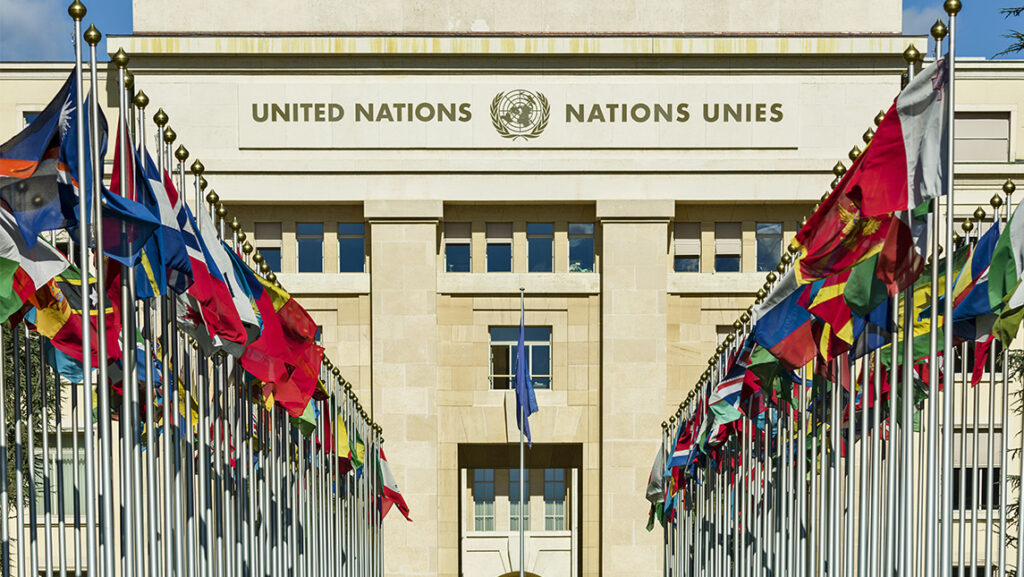 Dr. Ratnasingham Shivaji (Mathematics and Statistic) received new funding from the National Science Foundation for the project “Collaborative Research: Mathematical and Experimental Analysis of Competitive Ecological Models: Patches, Landscapes, Stage Structure and Conditional Dispersal on the Boundary.”
Dr. Ratnasingham Shivaji (Mathematics and Statistic) received new funding from the National Science Foundation for the project “Collaborative Research: Mathematical and Experimental Analysis of Competitive Ecological Models: Patches, Landscapes, Stage Structure and Conditional Dispersal on the Boundary.”
The purpose of this collaborative project between two mathematicians, an ecologist, and undergraduate/PhD students will be an integration of reaction diffusion models, mathematical analysis, and experimental analysis to explore the effects of habitat fragmentation, conditional dispersal, and interspecific competition on the population dynamics and coexistence of species from the patch to the landscape level. The project has two objectives: (1) investigate the effects of conspecific and interspecific density, patch size and matrix hostility on species dispersal behavior, patch-level population dynamics and coexistence; and (2) extend this work to the landscape-scale by exploring the effects of competition and conditional dispersal on population dynamics and coexistence in multi-patch systems. The researchers will use Tribolium flour beetles as a model experimental system and diffusive Lotka-Volterra competition systems with nonlinear boundary conditions modeling density dependent emigration (DDE) both at the patch and landscape levels. This study will help answer important biological questions such as: 1) What effects do competitors have on a species’ boundary behavior and emigration?; 2) Do different forms of DDE (positive, negative, and U-shaped) affect regional population dynamics and coexistence of competitors?; and 3) How does conditional dispersal affect the occurrence and strength of competition-dispersal tradeoff that are thought to be a key to coexistence of competitors?


